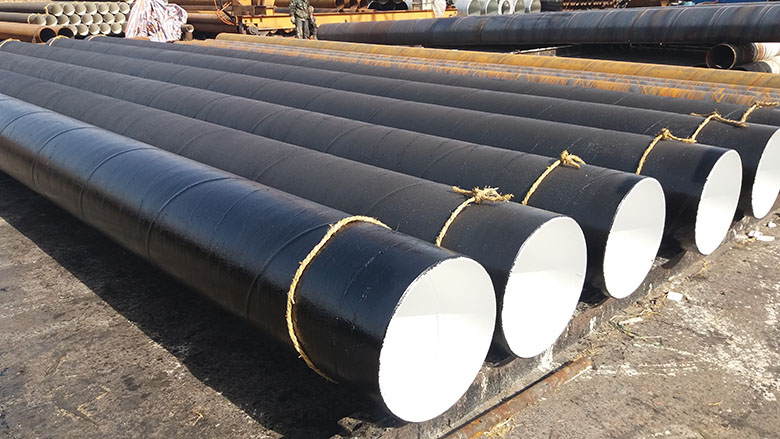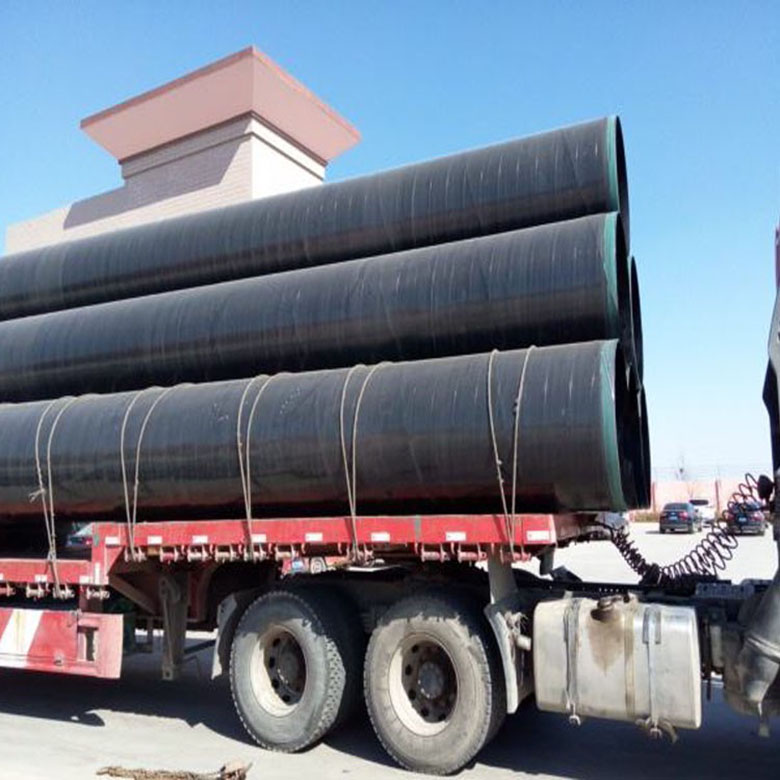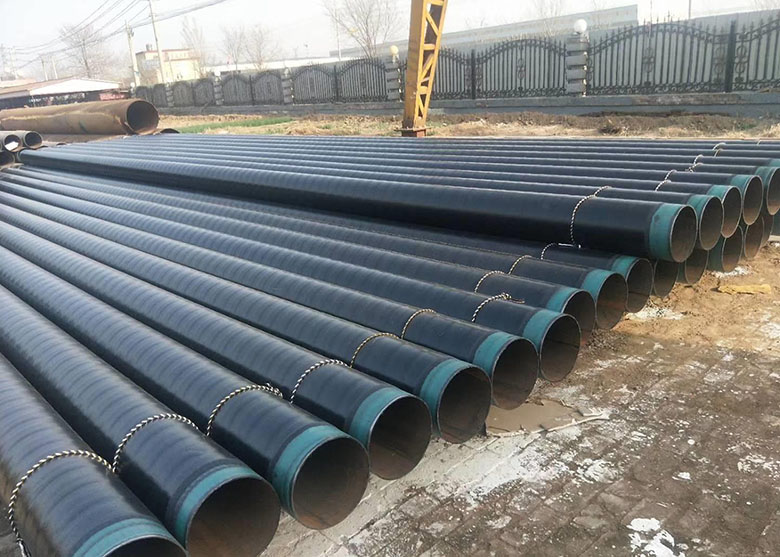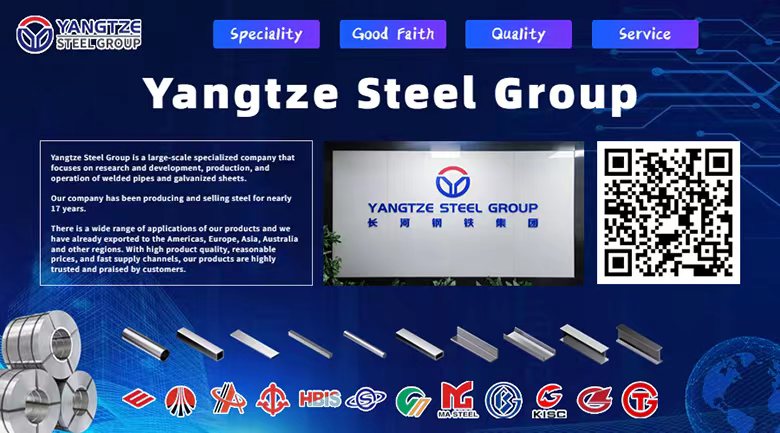Transport and storage of anti-corrosion steel pipes
Faced with the storage problem of anti-corrosion steel pipes, I believe many people have doubts in this regard. Let’s take a look at the storage of anti-corrosion steel pipes.
1. The appearance of anti-corrosion steel pipes entering and leaving the warehouse needs to be inspected as follows:

① Check each pipe one by one to ensure that the surface of the polyethylene layer is flat and smooth, and there should be no excessive corrosion on the surface of the pipe.
② The curvature of the steel pipe should be <0.2% of the length of the steel pipe, and its ovality should be ≤0.2% of the outer diameter of the steel pipe. The surface of the entire pipe has local unevenness <2mm.
2. The following points need to be paid attention to when transporting anti-corrosion steel pipes:
① Loading and unloading: Use a hoist that does not damage the pipe mouth and do not damage the anti-corrosion layer. All construction tools and equipment must comply with regulations during loading and unloading. Before loading, the anti-corrosion grade, material, and wall thickness of the pipes should be checked in advance, and mixed installation is not advisable.
②Transportation: A thrust baffle needs to be installed between the trailer and the cab. When transporting anti-corrosion pipes, they need to be tied firmly and measures to protect the anti-corrosion layer should be taken in a timely manner. Rubber plates or some soft materials should be installed between the anti-corrosion pipes and the frame or columns, and between the anti-corrosion pipes.

3. What are the storage standards:
① Pipes, pipe fittings, and valves need to be properly stored according to the instructions. Pay attention to inspection during storage to avoid corrosion, deformation, and aging.
② Some materials such as glass cloth, heat-wrap tape and heat-shrinkable sleeves need to be stored in a dry and well-ventilated warehouse.

③ Pipes, pipe fittings, valves and other materials can be classified and stored in the open air. The selected storage site must be flat and free of stones, and there must be no accumulation of water on the ground. The slope is guaranteed to be 1% to 2%, and there are drainage ditches.

Editor: Lucas
Mail: lucas@yangtzesteel.com








